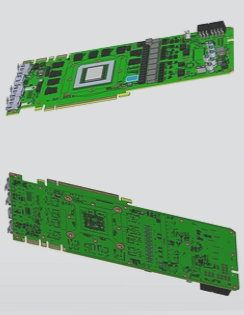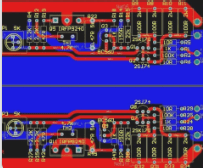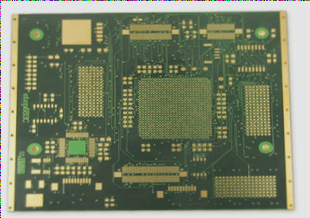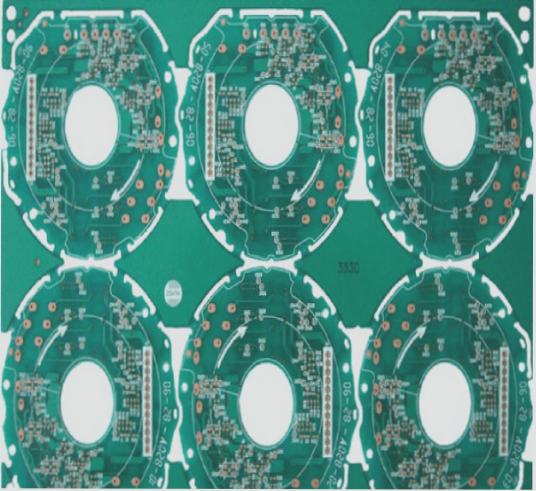The Importance of Impedance Control in PCB Transmission Lines
In the realm of PCB design, ensuring that the characteristic impedance value in the transmission line matches the electronic impedance of both the Driver and Receiver is crucial. As signal transmission frequencies and speeds continue to rise due to the widespread use of IC integration, issues like signal distortion and loss can occur if impedance is not properly controlled.
Understanding Impedance
Impedance is a critical parameter that characterizes the behavior of electronic components. It represents the total opposition a component presents to alternating current at a specific frequency.
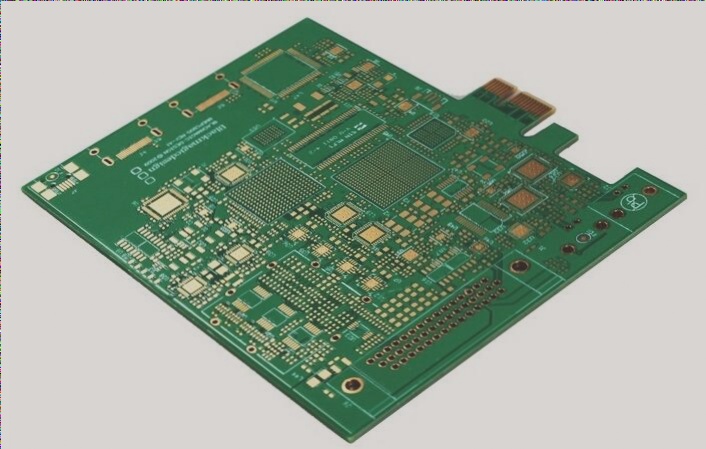
Why Impedance Control Matters
Matching the characteristic impedance of the PCB transmission line with the electronic impedance of the Driver and Receiver is essential to avoid signal reflection, attenuation, delays, and potential failures in signal interpretation. Factors like trace width, prepreg thickness, and dielectric constant influence impedance and must be carefully managed.
The Significance of Dielectric Constant (Er)
The dielectric constant (Er) plays a vital role in storing electrostatic energy in insulating materials. Materials with higher Er values store more signal energy, impacting signal quality and propagation speed. Understanding and controlling Er values are crucial for maintaining signal integrity.
Categories of Impedance
Impedance is typically categorized into characteristic impedance, which is essential for maintaining signal integrity in PCB designs. Software models can help calculate trace widths for desired impedances in different PCB layers.
Design Considerations for PCB Coupons
- General impedance design involves signal layers and corresponding ground layers in a typical 4-layer PCB stackup.
- Special attention is required for impedance control in inner layers, where the absence of dedicated ground layers can impact impedance values.
- Protecting outer trace impedance with copper pour is recommended, with wider copper pours and specific spacing considerations to optimize performance.
Important Considerations for PCB Inner Layer Design with Impedance Control
- When designing the inner layers of a PCB with impedance control, it is crucial to take into account the upper and lower ground planes and their copper coverage.
- Impedance calculation software and impedance strip design tools may handle these factors differently, so it’s essential to choose the right tools for your specific needs.
If you have any inquiries regarding PCB design, feel free to reach out to us at info@wellcircuits.com.

